It’s no secret that when it comes to fine timepieces, Switzerland is known as the epicenter of horology. With few exceptions, the world’s most coveted watch brands all seem to hail from Switzerland and simply having the name “Swiss” on a watch is an automatic generator of prestige and craftsmanship.

Breguet skeleton watch 
COSC Certified Rolex 
Patek Philippe makes some of the best Swiss watches on the planet
For many centuries, Switzerland has been home to the world’s most prolific luxury watchmakers. Manufacturers like Patek Philippe, Breguet, Jaeger-LeCoultre, Vacheron Constantin, Rolex, Audemars Piguet and more all come from Switzerland, and all of them have one thing in common: superlative craftsmanship and design. Simply owning a Swiss Made watch is akin to having a membership in a country club or elitist society. It’s a coveted jewel worn on the arms of the world’s most successful men and women who wear it as a badge of honor the way a veteran wears his medals. Even watch companies from outside Switzerland draw on the technology and innovation of the Swiss manufacturers purchasing their movements and cases and relishing at any opportunity for affiliation. More and more, companies are drawing on the less coveted title of “Swiss Movt” as a stepping stone to the world of Haute Horology. Even brands carried in stores like Walmart and Target capitalize on the “Swiss Movt” moniker in hopes of attracting prospective buyers. Of all the timepieces produced around the world, it’s also the Swiss watches that are the most counterfeited with the ability to acquire a fake Rolex online for just a couple hundred dollars or less. Outdoor flea markets, shopping malls, and peddlers hawk cheap Swiss fakes to any unsuspecting buyer who will shell out $50 thinking they got a steal – no pun intended. And unfortunately, this counterfeit scheme is being supported by the thousands of men and women who can’t afford a true Swiss Made timepiece but are content wearing a forgery in hopes people around them might believe it’s real.
In this article, we’re going to focus on the Swiss watch industry and explore why it’s so revered, what makes a watch Swiss made and some of the very best watchmakers in Geneva and the surrounding regions.

What is a Swiss Made Watch?
The coveted marking “Swiss Made” found on the dial of most Swiss watches is the official identifier of a truly magnificent timepiece. Any watch that legitimately bears the Swiss Made label indicates that the movement was manufactured, cased and inspected by the manufacturer in Switzerland. In addition, at least 50% of all of the watch components must be made, assembled and inspected in Switzerland. Also, the movement must not exceed 50mm in diameter and 12mm in thickness. As the Federation of the Swiss Watch Industry puts it, “Two words which, combined with renowned brands, guarantee the best choice for the consumer in search of a high-value timepiece.”
For detailed information about the topic, you can read the Verordnung über die Benützung des Schweizer Namens für Uhren in German, Italian or French, which defines, when a watch can be marked as Swiss Made, and when it cannot.
Swiss Movt Does Not Mean Much
So one might ask, what does that other, lesser known term “Swiss Movt” mean?
The fact is that watches with the label “Swiss Movt” should not be construed as being Swiss Made. Watches made around the world in mass production are often labeled as such as all it means is that the movement was constructed in Switzerland. Granted this can be very positive as Swiss movements are, in most cases, far superior to that of Chinese or even Japanese movements. However, the remainder of the watch can be manufactured, assembled and inspected anywhere else in the world.
The Swiss Movt moniker is one that holds little weight amongst horologists as even inexpensive Walmart watches are often labeled as such. A perfect example is my 12-year old son who purchased a watch for under $20 from Walmart and was very excited to show me the Swiss markings on it. I hope he doesn’t read this article because I haven’t had the heart to tell him the truth about what it really means.
Unfortunately, regardless of his age, this is a common issue for many people. They falsely believe that the Swiss Movt identifier means the same as Swiss Made and, therefore, expect that the watch they’re getting is on par with any other Swiss Made timepiece. When the watch eventually breaks or malfunctions, they assume that all watches from Switzerland are as fragile.
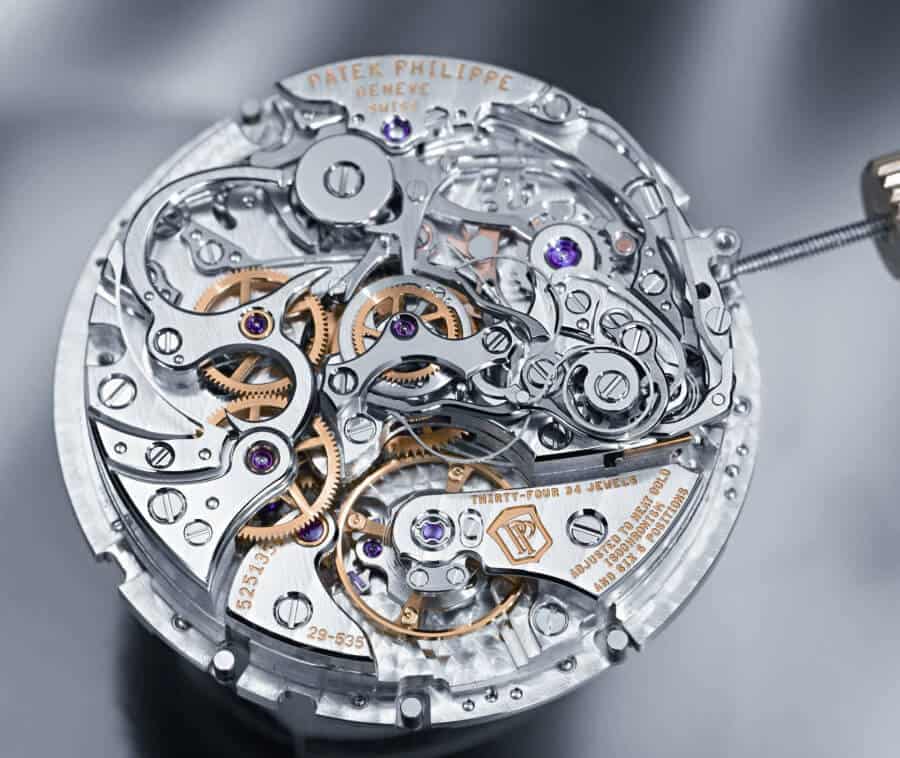
The History of Swiss Made Watches
Around the 16th century, watchmakers began to take flight in Geneve when jewels were banned throughout the country and in an effort to make a living, goldsmiths had to turn to creating timepieces. Within 100 years, the reputation of these Swiss watchmakers was revered throughout much of Europe and the industry paved way for new creations. In the heart of the Jura Mountains, a goldsmith named Daniel Jeanrichard applied the division of labor to this new watch industry. Thanks to his efforts, the Swiss watchmakers managed to produce 60,000 timepieces for exportation around the world. By the latter part of the 1700s, complications were developed including the date, automatic movements, and the flyback hand. As production continued to grow through the 19th and 20th centuries, the quality of the Swiss timepieces put Switzerland at the forefront of the industry. As the first world war ended, wristwatches began to be introduced. At the time, known as trench watches, these new readable timepieces allowed the Swiss watch industry to grow yet again. Today, Swiss watchmakers have been responsible for the growth and development of the luxury watch industry and continue to be the most credited and revered production houses around the world.
The ‘Swiss Made’ Laws
The term Swiss Made has been around since the late 19th century, but it’s not the only term used. In fact, vintage watches were often labeled with just “Swiss” on their dials and some used Swiss spelling such as “Suisse”, “produit suisse”, “fabriqué en Suisse”, “qualité suisse”.
Today, Swiss law allows regional watchmakers to label their timepieces as Swiss Made provided they have met a very stringent set of rules and regulations. Despite the law being amended many times, the regulations have remained strict over the years. However, it should be noted that some of the older timepieces labeled Swiss Made may not meet the current legal requirements of the industry.

The laws, known in Switzerland as “Ordonnance réglant l’utilisation du nom « Suisse » pour les montres” or Verordnung vom 23 Dezember 1971 über die Benützung des Schweizer Namens für Uhren (Ordinance regulating the use of the name “Swiss” on watches), defines a watch by the size of the movement inside it, which is used to differentiate it from a clock. In order for a watch to be labeled as Swiss Made, the entire movement is made in Switzerland, the movement is encased in Switzerland and the manufacturer carries out the final inspection of the timepiece in Switzerland. For the movement itself to be considered Made in Switzerland, it must be assembled in country, inspected in country and at least 50% of its components total value must have been manufactured in Switzerland without taking into account the cost of assembly. If the movement is considered Swiss Made but it’s manufactured for the purpose of export and will be cased outside Switzerland, the watch can only be labeled Swiss Movt and may not be called Swiss Made. Another common term used is Swiss Quartz, which is used to identify a watch with a quartz movement. While it legally should be defined as a Swiss Made watch, it is all too often improperly used by foreign manufacturers as a way to skirt around the law when the watch only qualifies as “Swiss Movt” and not “Swiss Made”.
Often the Swiss Made regulations are referred to as the 50% rule. Unfortunately, many believe that the law needs to be updated as they believe its too lenient and drives down the value and prestige of watches that are produced by the great Swiss manufacturers in-house. The very best Swiss Made watches tend to be those made completely in-house from concept to completion, however, there are very few that do this.
Lax Laws Create Buyer Beware
While many of the larger Swiss Made manufacturers would never do it, there are a handful of Swiss watchmakers that have recently outsourced the work for their watches, only completing the bare minimum requirements to achieve the Swiss Made marking. While most of them will never admit publicly to it, Swiss watchmaker Mondaine has spoken out and even admitted that they use foreign dials and cases for their watches in an effort to mitigate costs. While the laws have been amended to increase transparency, there are still some Swiss companies that skirt around it to save money when their clientele only cares about the branding behind the name.

Finding the Swiss Made Markings
Unlike Japanese and Chinese movements that tend to place their marking on the caseback, the Swiss Made logo is typically found at the six o’clock position on the face. The words are almost always in clear capitalized letters, curved along the bottom of the watch and sometimes split between the half-hour indicator. It’s important to note that these markings are easily counterfeited, so one should never rely on the Swiss Made moniker as a means to identify an authentic timepiece. There are many other steps watchmakers take to identify their actual watches, however, in recent years some counterfeits have become so good that you’d have to actually open up the watch to really see the difference with an untrained eye.
Learn More About Watches
ETA Movements
While a handful of Swiss watchmakers creates in-house movements for their timepieces, the ETA is well regarded as the major producer of movements in Switzerland. Owned by the Swatch Group, the ETA manufactures quartz watches in addition to both hand-wound and automatic-winding mechanical ébauches and movements. Their market share is so large in Switzerland that they have been investigated numerous times for the size of their monopoly. ETA movements have been used by many of the large watchmakers. For a true aficionado, they will attempt to find watches without mass-produced movements and rather ones that use in-house movements. However, millions of Swiss Made watches made every year will use an ETA movement.

COSC Movements
COSC is an acronym for the Contrôle Officiel Suisse des Chronomètres, which is responsible for certifying the accuracy and precision of the top Swiss Made timepieces. Only 3% of all Swiss watches are COSC certified, and the ones that come with that designation are often quite sought after by collectors. Of course, the designation isn’t the ‘end-all-be-all’ certifier that the watch is well made, but for those seeking a watch for professional or recreational pursuit, having that designation is a clear indicator that you can expect the timepiece to function in the most extreme elements. When you’re relying on a dive watch to let you know when your oxygen is running low, it helps to have the reliability of a COSC chronometer to ensure you don’t have to worry about false readings under water. Similarly, for pilots who rely on their timepiece while flying, a COSC watch is virtually mandatory in the aviation industry as it’s a guarantee of accuracy.
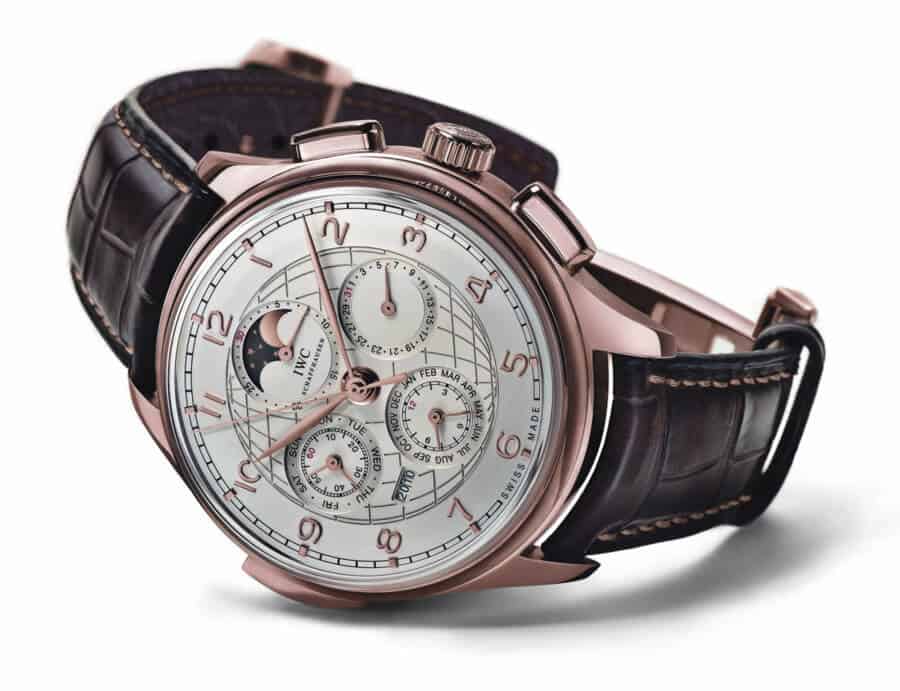
List of Swiss Watch Manufacturers
| WATCH MANUFACTURER |
|---|
| 88 Rue du Rhone |
| A. Favre & Fils |
| Allgemeine Gesellschaft der Schweizerischen Uhrenindustrie |
| Alpina |
| Arcadia Watches |
| Armand Nicolet |
| Audemars Piguet |
| Baume et Mercier |
| Bedat & Co |
| Blanchet |
| Blancpain |
| Ernest Borel |
| Breguet |
| Breitling SA |
| Cecil Purnell |
| Century Time Gems |
| Certina Kurth Frères |
| Charriol |
| Chopard |
| Christian Jacques |
| Chronoswiss |
| Corum |
| Cyma Watches |
| Daniel Roth |
| De Grisogono |
| Roger Dubuis |
| Ebel |
| Eberhard & Co. |
| Endura Watch Factory |
| Era Watch Company |
| ETA SA |
| Eterna |
| Favre-Leuba |
| Frédérique Constant |
| Gallet & Co. |
| Romain Gauthier |
| General Watch Co |
| Gérald Genta |
| Girard-Perregaux |
| Greubel Forsey |
| Grovana Watch |
| Hanowa |
| Hublot |
| HYT |
| International Watch Company (IWC) |
| Jaeger-LeCoultre |
| F. P. Journe |
| Jovial |
| Juvenia |
| Longines |
| Maitres du Temps |
| Manufacture Modules Technologies (MMT) |
| Mathey-Tissot |
| Maurice Lacroix |
| Mb-microtec |
| MB&F |
| Mido |
| Richard Mille |
| Mouawad |
| Franck Muller |
| Ollech & Wajs |
| Omega SA |
| Oris |
| Parmigiani Fleurier |
| Patek Philippe |
| Abraham-Louis Perrelet |
| Piaget SA |
| Rado |
| Raymond Weil |
| Richemont |
| Roamer |
| Rolex |
| Rotary Watches |
| Sandoz watches |
| Sowind Group |
| Speake-Marin |
| The Swatch Group |
| Swiss Military Watch |
| TAG Heuer |
| TechnoMarine |
| Tissot |
| Ulysse Nardin |
| Universal Genève |
| Urwerk |
| Vacheron Constantin |
| Waltham International |
| West End Watch Co. |
| Zenith |
| Zeno-Watch Basel |
| Zodiac Watches |
Our Favorite Swiss Watchmakers
| FAVORITE SWISS WATCH MAKERS |
|---|
| Audemars Piguet |
| Baume et Mercier |
| Bedat & Co |
| Blancpain |
| Breguet |
| Breitling SA |
| Frederique Constant |
| Girard-Perregaux |
| Greubel Forsey |
| Hublot |
| International Watch Company (IWC) |
| Jaeger-LeCoultre |
| F. P. Journe |
| MB&F |
| Franck Muller |
| Omega SA |
| Parmigiani Fleurier |
| Patek Philippe |
| Rolex |
| Ulysse Nardin |
| Vacheron Constantin |
| Zenith |
Learn More About Watches
The Cost of a Swiss Made Watch
The price of a Swiss Made timepiece can vary dramatically based on its movement, materials and brand name. The standard rule of thumb for a luxury watch is to spend over $3000 on it as the ones less than that tend to be fairly subpar in quality. However, there are certainly exceptions to every rule. Swiss Made watches usually range in price from below $1000 upwards of millions for a grand complication by one of the great watchmakers. For those looking for a truly magnificent Swiss Made timepiece, I recommend starting at around the $16,000 mark and moving upwards into the $100,000 range. Of course, not everyone has the budget for a luxury timepiece, and so there’s nothing wrong with spending less money. If you are in the market for a low priced watch, be sure to read our guide on the very best inexpensive timepieces.
Conclusion
Intended solely as a primer to introduce you to the world we so often speak of, this is simply a glimpse of what it means to be recognized as a Swiss Made watch. Be sure to read our other watch guides and stay tuned for future articles on the very best that the world of horology has to offer.
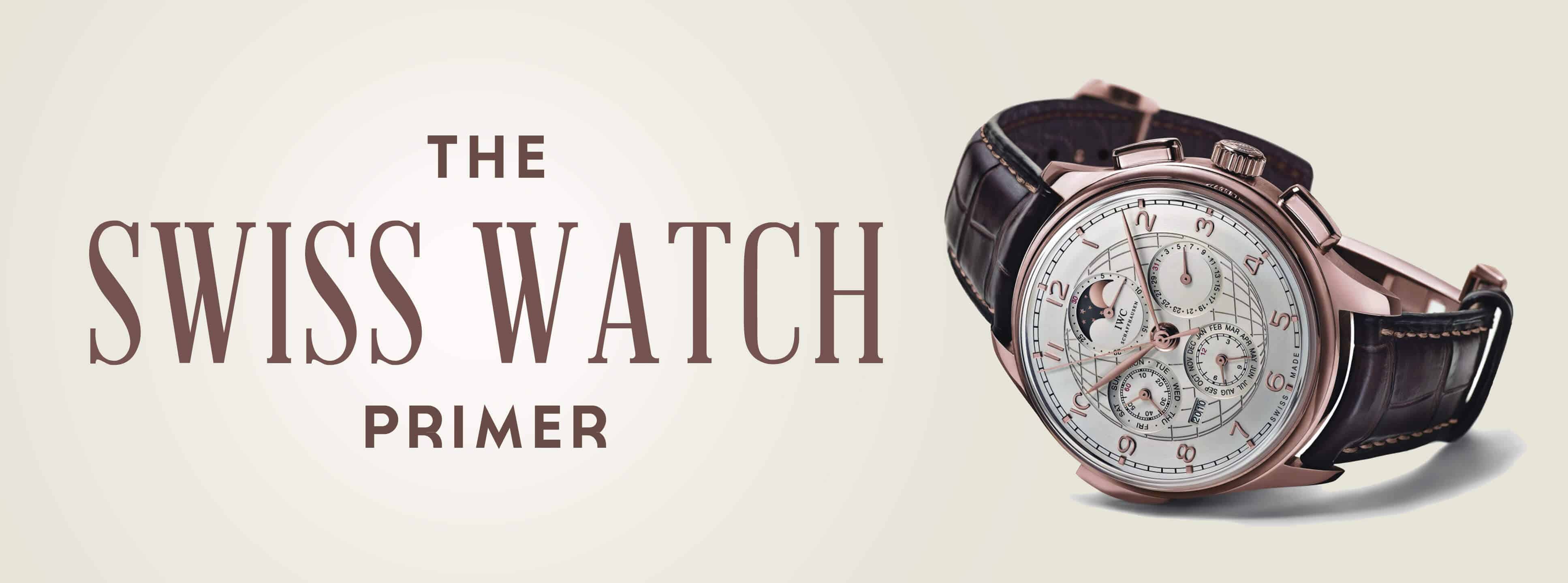
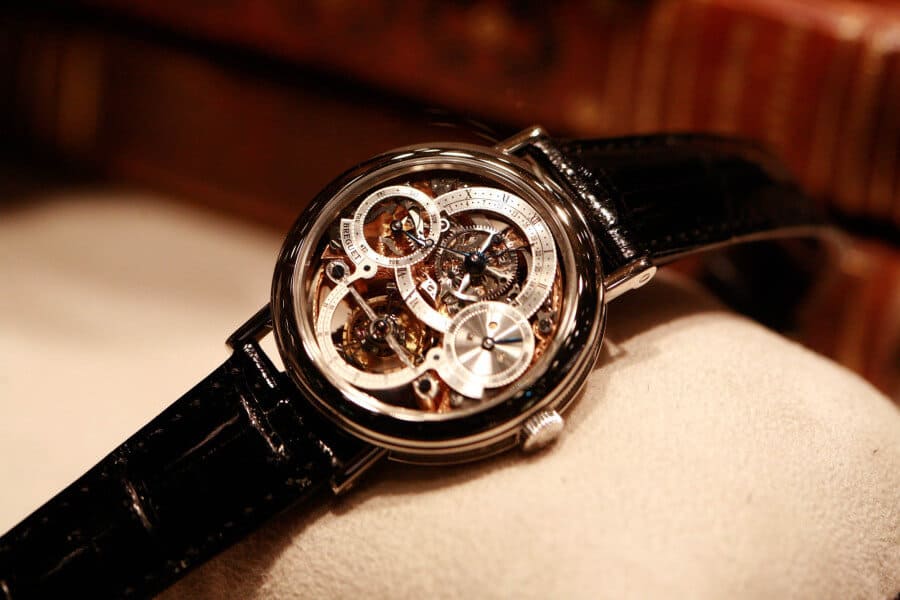

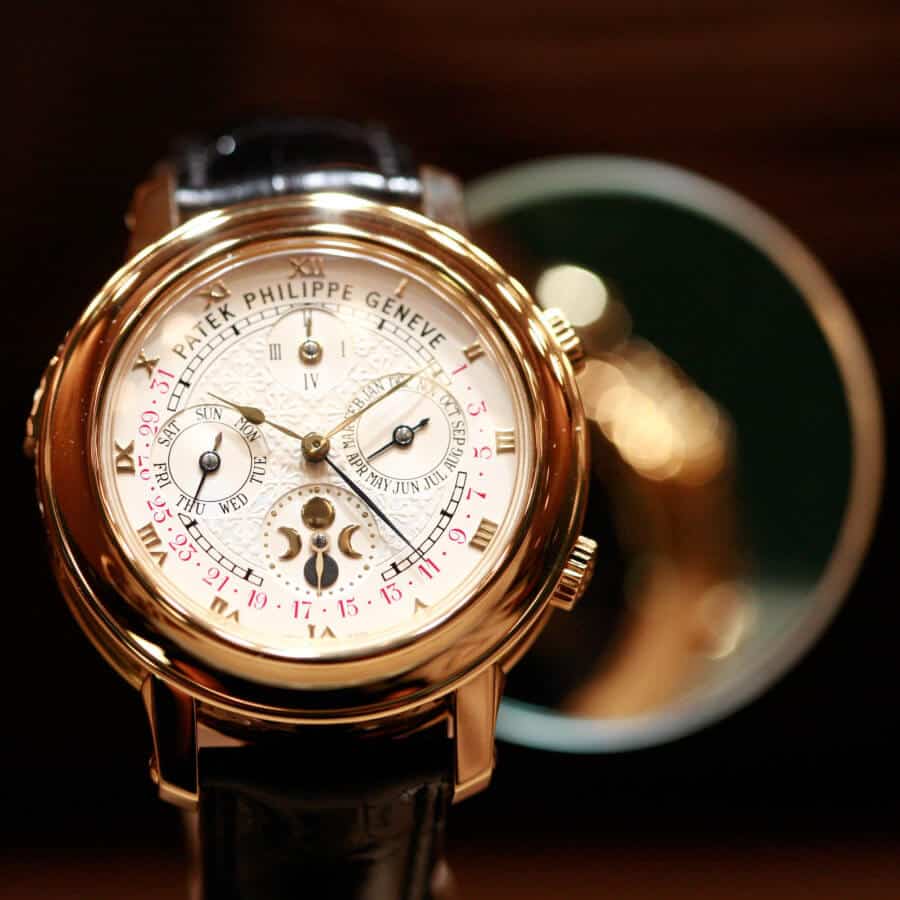
I have a Gruen of unknown age that is labeled Swiss Made in two places; under the 12 and on the back. I know nothing about it but it is a dress watch and looks great. Does anyone have information about Gruen watches? I know they no longer do business and was wondering if they would qualify today as Swiss Made under the new standards.
Thanks so much for a truly informative an insightful article on Swiss watches I currently do not own one but after reading this article I feel certainly more knowledgeable about purchasing a Swiss watch.